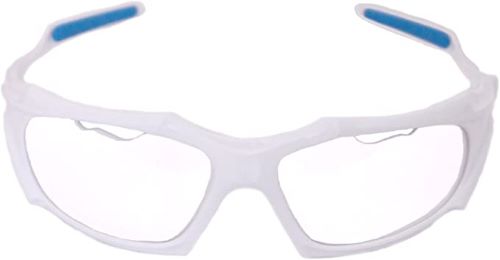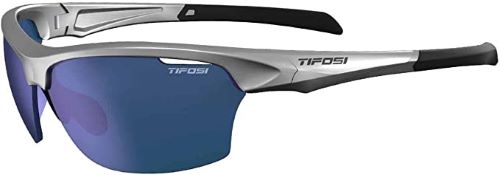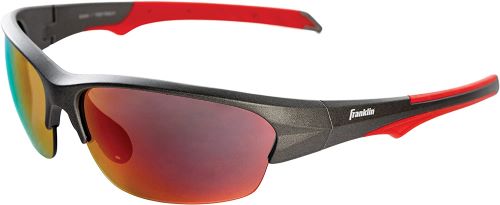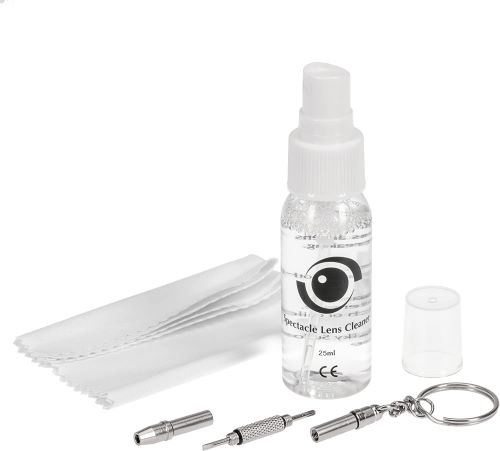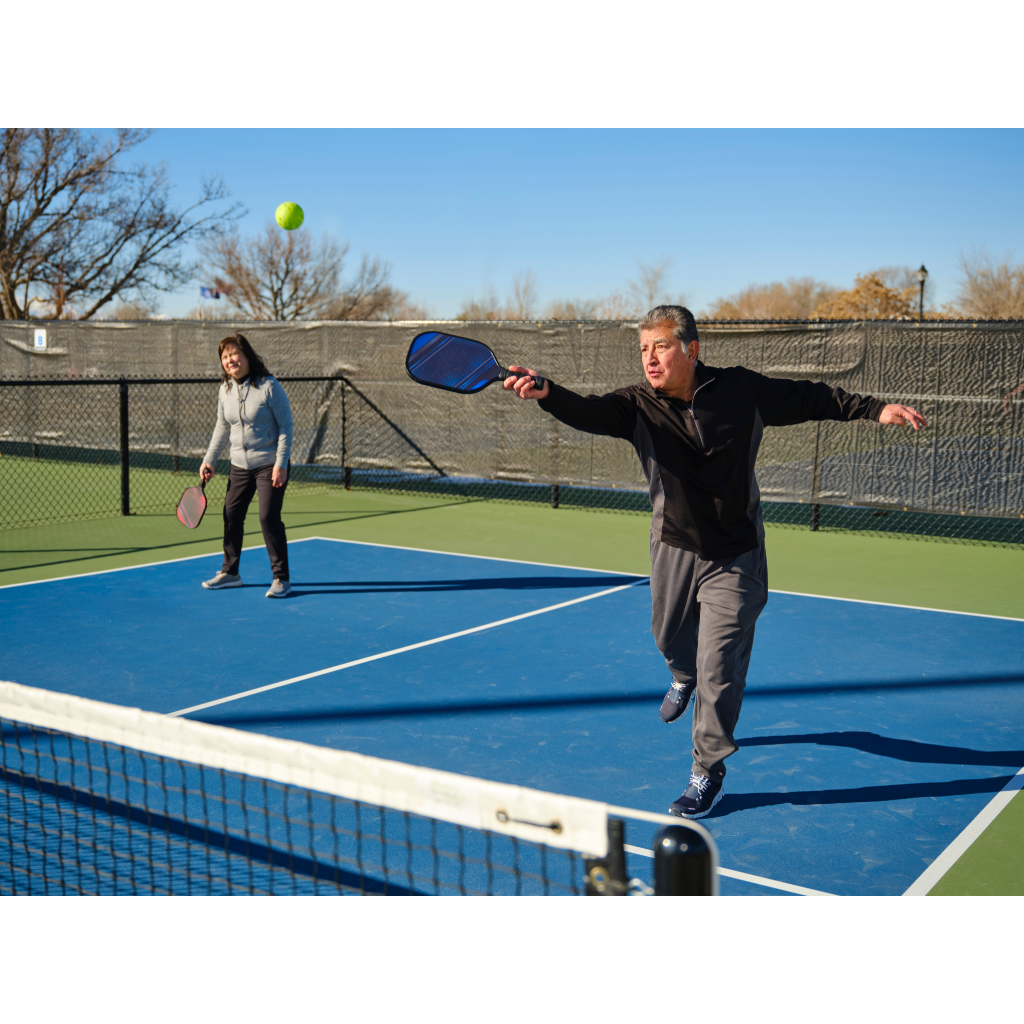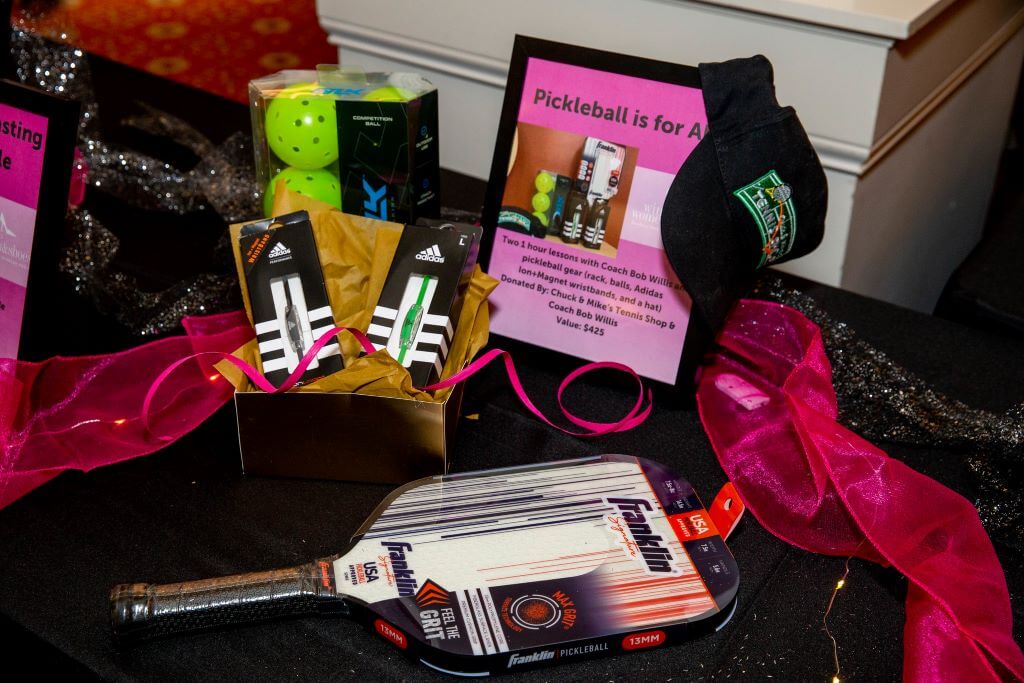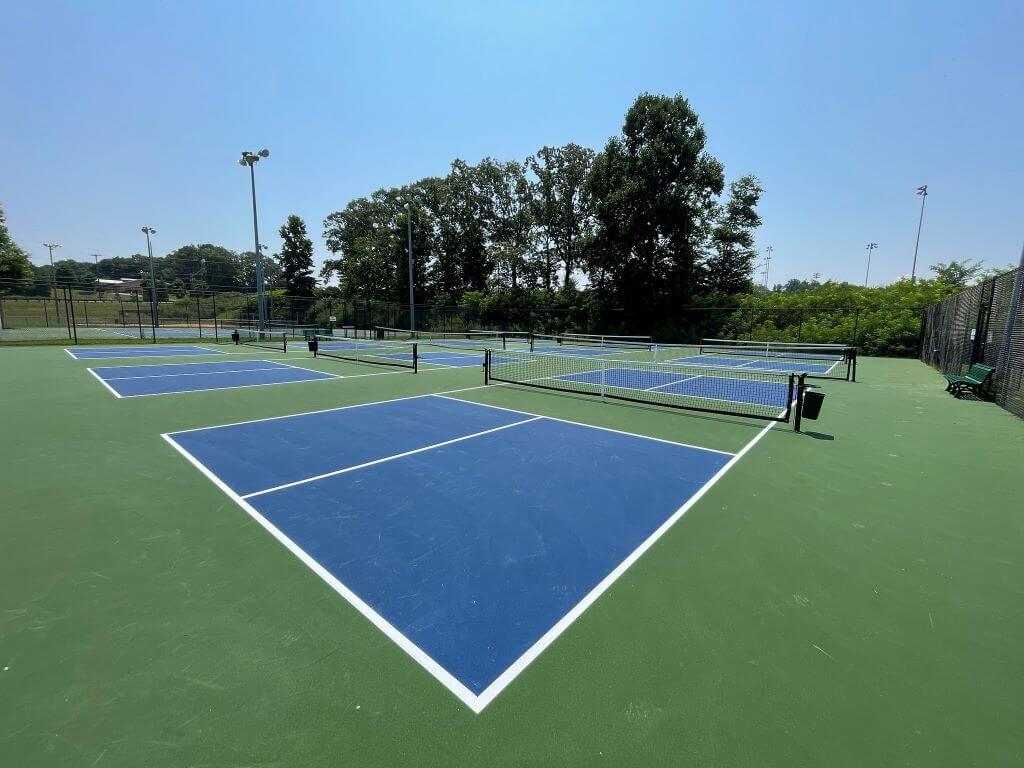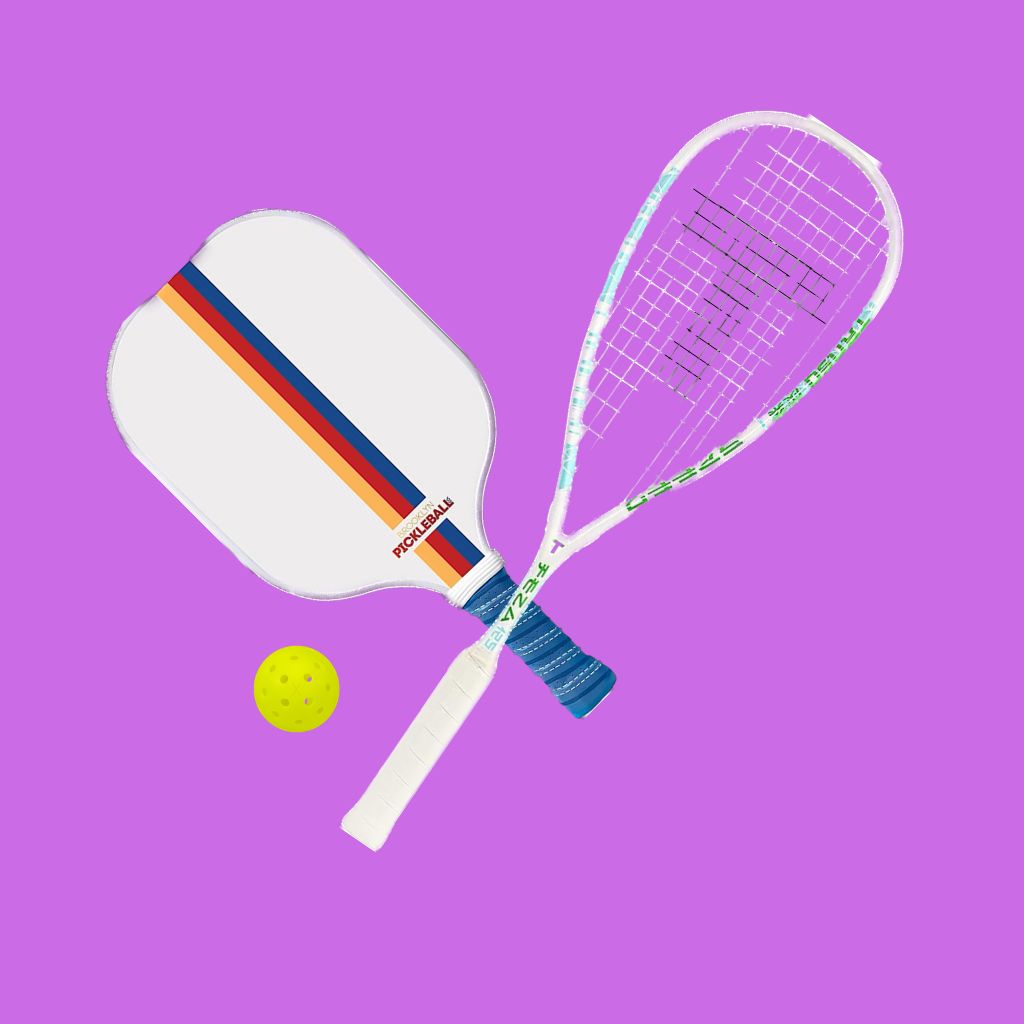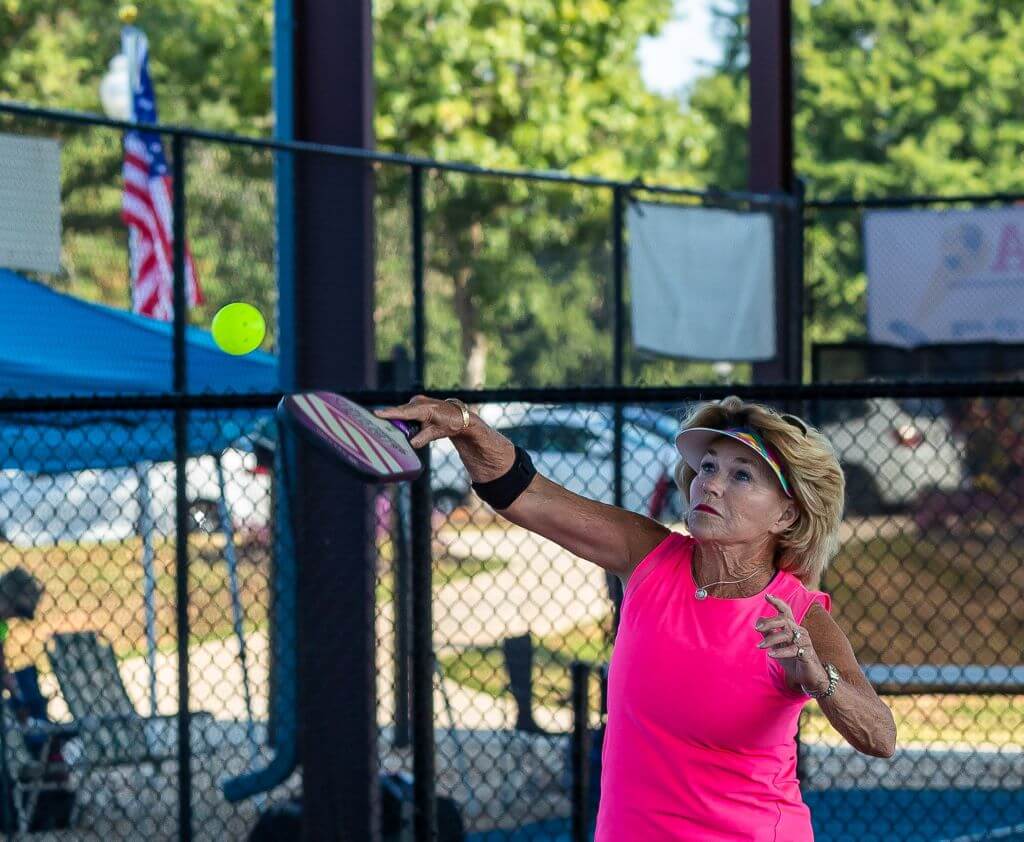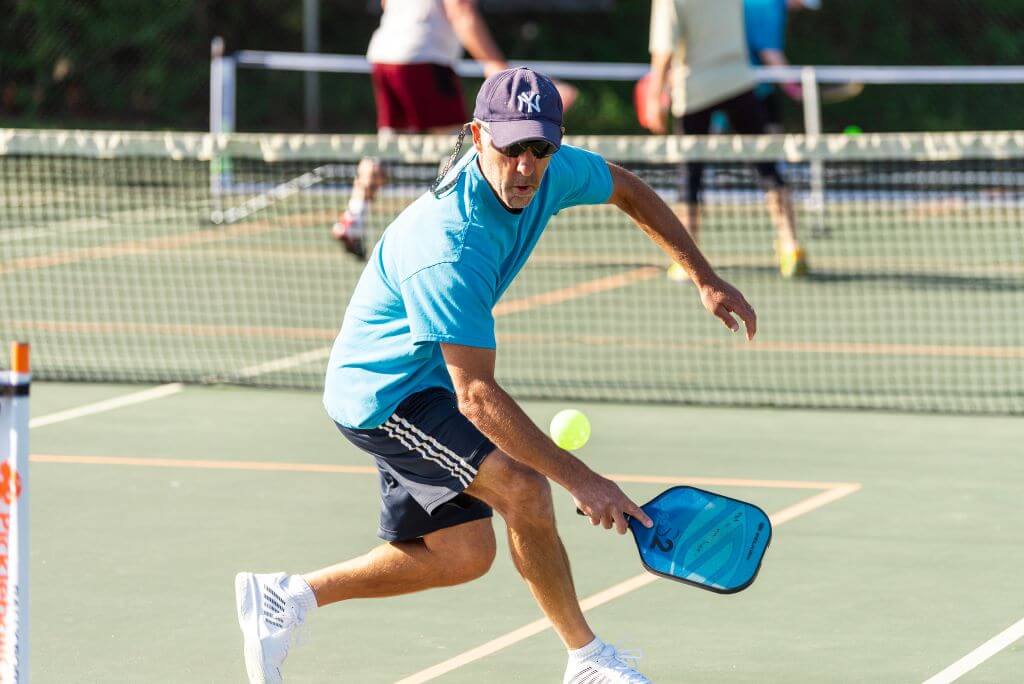Pickleball is an exciting sport that combines elements of tennis, badminton, and ping pong. As its popularity continues to grow, the need for appropriate protective gear is more critical than ever, and glasses specifically designed for pickleball play a vital role. This article explores different types of pickleball glasses, their benefits, and how to maintain them.
Just as you wouldn’t play pickleball without a paddle, you shouldn’t play it without appropriate eyewear either. Whether you’re a novice player or a seasoned pro, the right glasses can protect your eyes and enhance your performance.
This comprehensive guide will help you understand the various types of pickleball glasses and how to choose the one that best suits your needs.
Why Should You Wear Pickleball Glasses?
Pickleball glasses are not solely for fashion. They have the ability to provide much-needed protection during games and enhance your overall performance on the court.
Without proper eyewear, you risk eye injuries from flying balls, accidental hits from paddles, debris, and harmful UV rays if you’re playing outdoors. The proper eyewear can protect your eyes and improve your vision by reducing glare and enhancing contrast, making it easier to track the ball.
Different Types of Pickleball Glasses
The market offers several types of glasses suitable for pickleball. Understanding their differences can help you make an informed choice.
Goggle Frame
Goggle frames are similar to wraparound frames, but they often include a strap that goes around the back of the head to ensure the glasses stay in place during active movement. Some pickleball players prefer this type of frame for its secure fit. In fact, this is the most commonly used frame in sports like basketball or rugby. They’re impact-resistant, and designed to withstand accidental hits from pickleball or paddles.
These kinds of glasses are generally the most expensive though, because they’re less common than normal glasses and are more robust.
| Best for: | Cons: |
|---|---|
| full view, durability, and security | heavy and pricey |
Wraparound Frame
Wraparound frames are designed to contour to the shape of the wearer’s face. They provide excellent peripheral vision and protection from elements like wind and dust, making them ideal for outdoor sports like pickleball. Unlike normal glasses, you won’t have to deal with empty spaces on the sides of your eyes.
These frames kind of work like a goggle frame, but without the strap to secure the fit. For non-contact sports like pickleball, this is generally good enough. But, you will need to make sure your wraparound glasses fit snugly on your head.
| Best for: | Cons: |
|---|---|
| full viewing angle, and more affordable than goggles | can be difficult to find wraparound glasses that perfectly fit your face |
Full Frame
When it comes to traditional eyewear, full-frame glasses are the frames that completely encircle the lens. They are typically more durable than the half and rimless frames, but like the goggles and wraparound frames, they can be heavy, especially if you’re going to be playing for hours.
They are suitable for people who frequently play sports like pickleball, or those who are a bit rougher with their glasses.
| Best for: | Cons: |
|---|---|
| better protection against eye accidents compared to half and rimless frames | the frames block or add clutter to your peripheral vision |
Half Frame
Also known as semi-rimless frames, half-frame glasses have a frame that only partially encircles the lens. This design is often lighter and provides an unobstructed view, which can be advantageous for pickleball players who need to keep their eyes on the ball.
| Best for: | Cons: |
|---|---|
| some protection around the top of the lens, lightweight, and no peripheral clutter | nearly impossible to repair once the lenses fall off and the frame loosens |
Rimless Frame
Rimless frames are the lightest type of frames as there’s no frame material encircling the lenses. These glasses have a minimalist appearance and provide a wider field of view, but they are not as durable as full or half frames. If you want some form of protection without worrying about lines on your face, or the added extra weight, you may want to try out a pair of rimless frames.
| Best for: | Cons: |
|---|---|
| unobstructed view and lightest type of glasses | dangerous during contact because the glass is more prone to breaking and shattering without any rims for protection |
The Different Types of Lenses for Pickleball Glasses
Outside of just the frames, there are also a lot of options when it comes to the lenses on your glasses. They all have their benefits, so it’s up to you to decide which one fits your needs best.
Prescription Glasses
Prescription glasses are custom-made to correct refractive errors like nearsightedness, farsightedness, and astigmatism. While they can be used for pickleball, they may not provide the impact protection required for such a dynamic sport. You can have prescription lenses applied to different eyewear, like your sports glasses and goggles.
Sports Glasses
Sports glasses are designed to withstand the rigors of intense physical activity. They usually have sturdy frames and impact-resistant lenses that protect your eyes from flying balls and accidental hits. Some also have a wrap-around design that provides a wider field of vision and better peripheral protection.
Sunglasses
When playing pickleball outdoors, you’ll want to wear sunglasses to protect your eyes from harmful UV rays. Look for sunglasses that offer 100 percent UV protection. Some sports sunglasses also have polarized lenses that reduce glare and enhance contrast, making it easier to see the ball in bright conditions.
Transition Lenses
Transition lenses, also known as photochromic lenses, darken in bright light and lighten in low light. They can be a convenient option if you frequently switch between indoor and outdoor play.
Features to Consider when Choosing Pickleball Glasses
Choosing the right pickleball glasses depends on several factors. Here are some considerations.
Contrast-Enhancing Lenses
Contrast-enhancing lenses work by blocking out certain colors from the spectrum of light that reaches your eyes, which can reduce glare and enhance the contrast of the colors you see. This can be especially useful in pickleball as it makes the yellow ball pop more against the court and sky.
Interchangeable Lenses
Interchangeable lenses allow you to swap out the lenses in your glasses and replace them with more appropriate ones to fit the lighting conditions, weather, or your specific needs at any given time. This flexible feature ensures you always wear the correct lens color for your situation, whether you’re playing pickleball under the bright sun or in cloudy weather.
Anti-Fogging
As the name suggests, anti-fogging technology prevents your glasses from fogging up due to sweat, humidity, or temperature changes. This is useful when playing a vigorous sport like pickleball, as it maintains clear vision throughout your game, regardless of how much you perspire or despite bad weather conditions.
Anti-Scratch
Anti-scratch lenses have a special coating that makes them more resistant to scratches, which can occur from falling, getting hit with a ball, or general wear and tear. This feature can significantly extend the life of your glasses, ensuring that your vision remains clear and unobstructed for a longer time.
Understanding when To Replace Your Pickleball Glasses
Your pickleball glasses are just as important as your paddle, so you should regularly monitor them for signs of wear and tear. Any significant changes in your vision or the condition of your glasses are signs that you may need a new pair.
Optometrists generally recommend updating your glasses every one to two years in conjunction with a new vision exam and an updated prescription. If you notice a change in your vision before this point, make sure to consult your eye doctor.
How to Care for Your Pickleball Glasses
Proper maintenance can extend the lifespan of your glasses and ensure they function optimally.
Cleaning and Maintenance
Clean your glasses with a special cloth and lens cleaning solution to avoid scratches or damage. Avoid harsh chemicals and abrasive materials. Instead, use warm water and a pea-sized amount of dish detergent, then dry them with a soft cotton cloth.
Storage
Store your glasses in a hard case when not in use to protect them from damage. When setting them down, keep the lenses facing upward to prevent scratching. Handle your glasses with both hands to prevent warping the frame, and avoid leaving them in a hot car, as the heat can warp the plastic.
When to Replace
Regularly updating your glasses ensures they provide the best protection and vision correction. Insurance usually covers a portion of the cost of new eyeglasses, which can set you back anywhere between $120 to $150 per year, depending on the specifics of your vision insurance plan.
Selecting the right pickleball glasses is a vital aspect of your game strategy if you want both protection and performance enhancement. It’s important to invest in high-quality eyewear that suits your specific needs and remember to take care of them and update them regularly to maximize their benefits.
Now that you’re armed with this knowledge, you’re ready to step onto the court with confidence, knowing your eyes are well-protected as you enjoy the thrilling game of pickleball.



